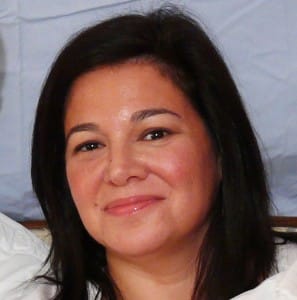
Career īy summer 1597, Jonson had a fixed engagement in the Admiral's Men, then performing under Philip Henslowe's management at The Rose. ĭuring that period, Jonson and his wife lived separate lives for five years Jonson enjoyed the residential hospitality of his patrons, Esme Stuart, 3rd Duke of Lennox and 7th Seigneur d'Aubigny and Sir Robert Townshend. A second son, also named Benjamin Jonson, died in 1635. A decade later, in 1603, Benjamin Jonson, their eldest son, died of bubonic plague when he was seven years old, upon which Jonson wrote the elegiac " On My First Sonne" (1603). The registers of St Martin-in-the-Fields record that Mary Jonson, their eldest daughter, died in November 1593, at six months of age. The identity of Jonson's wife is obscure, though she sometimes is identified as "Ann Lewis", the woman who married a Benjamin Jonson in 1594, at the church of St Magnus-the-Martyr, near London Bridge. Jonson described his wife to William Drummond as "a shrew, yet honest". By 1597, he was a working playwright employed by Philip Henslowe, the leading producer for the English public theatre by the next year, the production of Every Man in His Humour (1598) had established Jonson's reputation as a dramatist. 1586), by Thomas Kyd (1558–94), the first revenge tragedy in English literature. As an actor, he was the protagonist "Hieronimo" (Geronimo) in the play The Spanish Tragedy (c. Īfter his military activity on the Continent, Jonson returned to England and worked as an actor and as a playwright. The Hawthornden Manuscripts (1619), of the conversations between Ben Jonson and the poet William Drummond of Hawthornden (1585–1649), report that, when in Flanders, Jonson engaged, fought and killed an enemy soldier in single combat, and took for trophies the weapons of the vanquished soldier. England was allied with the Dutch in their fight for independence as well as the ongoing war with Spain. After having been an apprentice bricklayer, Jonson went to the Netherlands and volunteered to soldier with the English regiments of Sir Francis Vere (1560–1609) in Flanders. According to the churchman and historian Thomas Fuller (1608–61), Jonson at this time built a garden wall in Lincoln's Inn.

On leaving Westminster School in 1589, Jonson was to have attended the University of Cambridge, to continue his book learning but did not, because of his unwilled apprenticeship to his bricklayer stepfather. Both of them would write preliminary poems for William Shakespeare's First Folio (1623). At Westminster School he met the Welsh poet Hugh Holland, with whom he established an "enduring relationship". The pupil and master became friends, and the intellectual influence of Camden's broad-ranging scholarship upon Jonson's art and literary style remained notable, until Camden's death in 1623. Later, a family friend paid for his studies at Westminster School, where the antiquarian, historian, topographer and officer of arms William Camden (1551–1623) was one of his masters. Jonson attended school in St Martin's Lane in London. His widow married a master bricklayer two years later. Becoming a clergyman upon his release, he died a month before his son's birth. Jonson's father lost his property, was imprisoned, and, as a Protestant, suffered forfeiture under Queen Mary. While the spelling had eventually changed to the more common "Johnson", the playwright's own particular preference became "Jonson". His ancestors spelled the family name with a letter "t" (Johnstone or Johnstoun). In midlife, Jonson said his paternal grandfather, who "served King Henry 8 and was a gentleman", was a member of the extended Johnston family of Annandale in the Dumfries and Galloway, a genealogy that is attested by the three spindles ( rhombi) in the Jonson family coat of arms: one spindle is a diamond-shaped heraldic device used by the Johnston family. The Scottish poet William Drummond of Hawthornden was friend and confidant to Jonson. Jonson was a classically educated, well-read and cultured man of the English Renaissance with an appetite for controversy (personal and political, artistic and intellectual) whose cultural influence was of unparalleled breadth upon the playwrights and the poets of the Jacobean era (1603–1625) and of the Caroline era (1625–1642). "He is generally regarded as the second most important English dramatist, after William Shakespeare, during the reign of James I." 1606), The Alchemist (1610) and Bartholomew Fair (1614) and for his lyric and epigrammatic poetry.

He popularised the comedy of humours he is best known for the satirical plays Every Man in His Humour (1598), Volpone, or The Fox (c. Jonson's artistry exerted a lasting influence upon English poetry and stage comedy.

16 August 1637) was an English playwright and poet. 1617), by Abraham Blyenberch oil on canvas painting at the National Portrait Gallery, Londonīenjamin Jonson ( c.


 0 kommentar(er)
0 kommentar(er)
